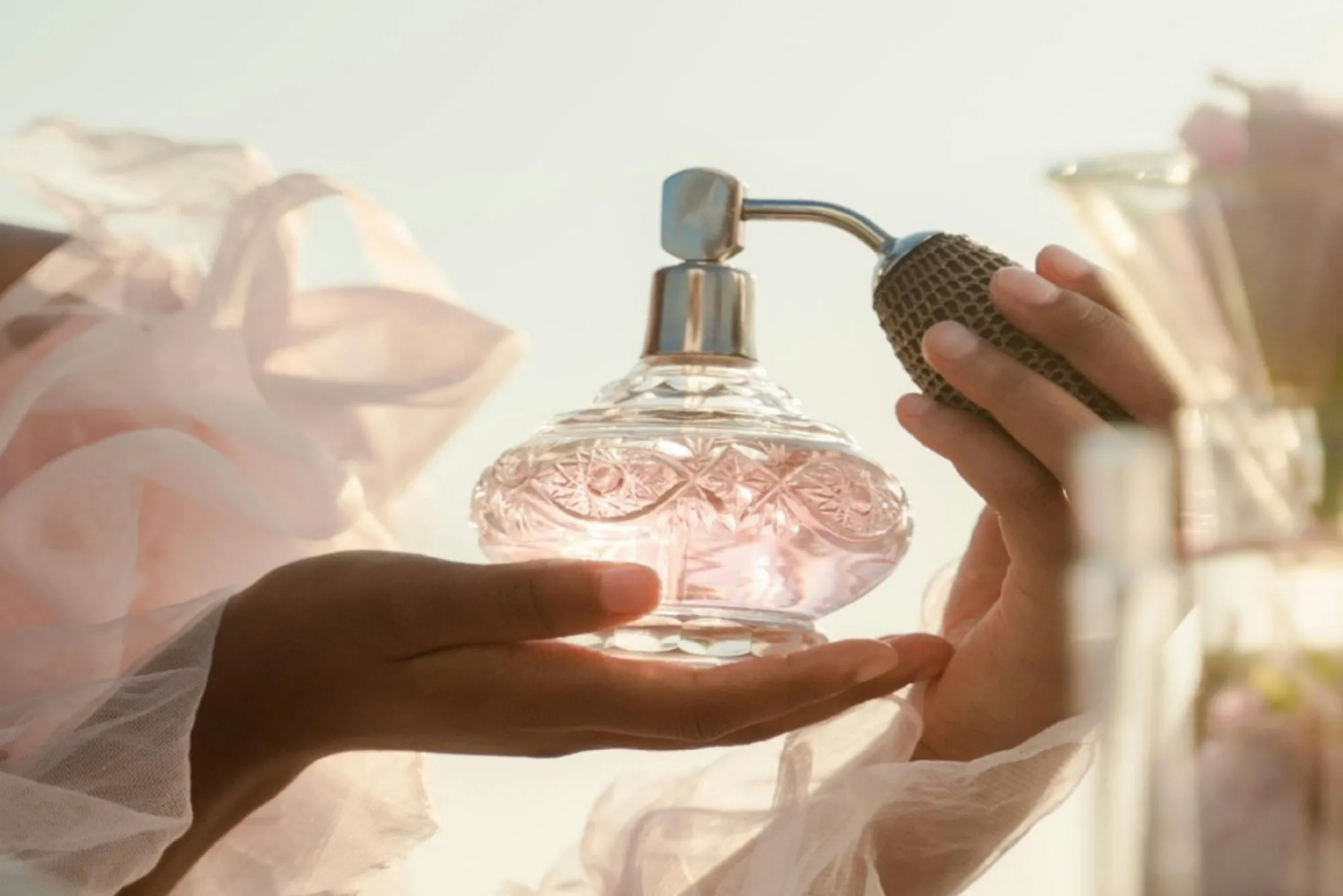Why Some Scents Make You Feel Unwell
You walk through a store, catch a whiff of something sweet and sharp, and suddenly your head starts pounding. It’s not your imagination—perfume can trigger real physical reactions in some people. From mild discomfort to full-blown migraines, headaches caused by scent are surprisingly common.
If this happens to you, it doesn’t mean you have to give up on fragrance altogether. You just need to be more mindful in how you approach scent selection. And if you’re experimenting with a fragrance subscription, there are ways to narrow your choices without triggering discomfort.
Understand Common Headache Triggers in Perfume
Certain ingredients are known to cause issues for scent-sensitive individuals. These can be either synthetic or natural, and they’re often found in strong, high-sillage perfumes. Some of the usual suspects include:
- Synthetic musks
- Aldehydes
- Heavy white florals like tuberose or gardenia
- Gourmand notes like caramel, chocolate, or vanilla
- Intense spice blends, especially clove or cinnamon
For some, it’s not the specific ingredient but the intensity or projection of the perfume. When a scent lingers too long or hovers heavily in the air, it can become overstimulating.
A fragrance subscription gives you the ability to test these profiles in small doses. Try applying to a single pulse point and waiting a full hour to gauge your reaction before committing.

Opt for Skin Scents and Close Wearers
If you’ve experienced fragrance-induced headaches, “skin scents” might be your best friend. These are perfumes designed to stay close to the body, with minimal projection and no overwhelming cloud.
Notes to look for include:
- Soft musks
- Clean ambers
- Powdery iris or violet
- Light sandalwood
- Watery florals like lotus or freesia
These gentle compositions are less likely to overwhelm your senses or linger in your personal space. A fragrance subscription can be ideal for testing these subtler types without committing to a full bottle upfront.
Choose the Right Concentration
The strength of your perfume matters more than you think. Fragrances come in different concentrations, which affect how long they last and how strong they smell. In general:
- Eau de Cologne: Lightest, lasts about 2 hours
- Eau de Toilette: Light and fresh, lasts 3–4 hours
- Eau de Parfum: Richer and more concentrated, lasts 5–6 hours
- Parfum (Extrait): Most intense, can last 8+ hours
If you’re prone to headaches, stick with eau de toilette or even cologne concentrations. They offer scent without intensity. Many fragrance subscription services list the concentration so you can make informed choices before testing.
Avoid Overapplication and Layering
Sometimes it’s not the scent itself but the quantity that causes discomfort. Spraying multiple times, applying to clothes and hair, or layering with scented lotions can result in sensory overload.
Stick to a minimal application—one spray, preferably on your wrist or inner elbow. Avoid spritzing directly onto your neck or under your nose where the scent stays close and strong.
This is especially important when testing through a fragrance subscription. Small vials can tempt you to use more than necessary, but a single spritz is all you need to evaluate whether the scent feels comfortable or overwhelming.

Test in the Right Environment
Trying a new fragrance in a loud, crowded space filled with other smells—like a department store or event—is a recipe for confusion. Your nose can’t isolate the scent properly, and your brain is already processing too much sensory input.
Always test new perfumes in a calm, neutral environment. Apply at home, preferably when you’re not distracted by other strong smells like cooking or cleaning products. This allows your body and senses to interact with the scent more clearly.
A fragrance subscription is perfect for this kind of mindful testing. You can space out your trials, try one new scent a week, and record how each one makes you feel without the pressure of making a quick purchase decision.
Pay Attention to Scent Families That Work for You
Most people with scent sensitivities find that certain fragrance families are more tolerable than others. Take note of patterns when you find a scent that doesn’t give you a headache.
Examples of typically safer families:
- Aquatic or marine scents
- Green or herbal fragrances
- Light citrus blends
- Soft florals
- Minimalist compositions with fewer ingredients
Your fragrance subscription can help you recognize these preferences. Over time, you’ll develop a reliable shortlist of safe scent types that you can return to when trying something new.
Price publication: 10.00 USD
Total: 10.00 USD




